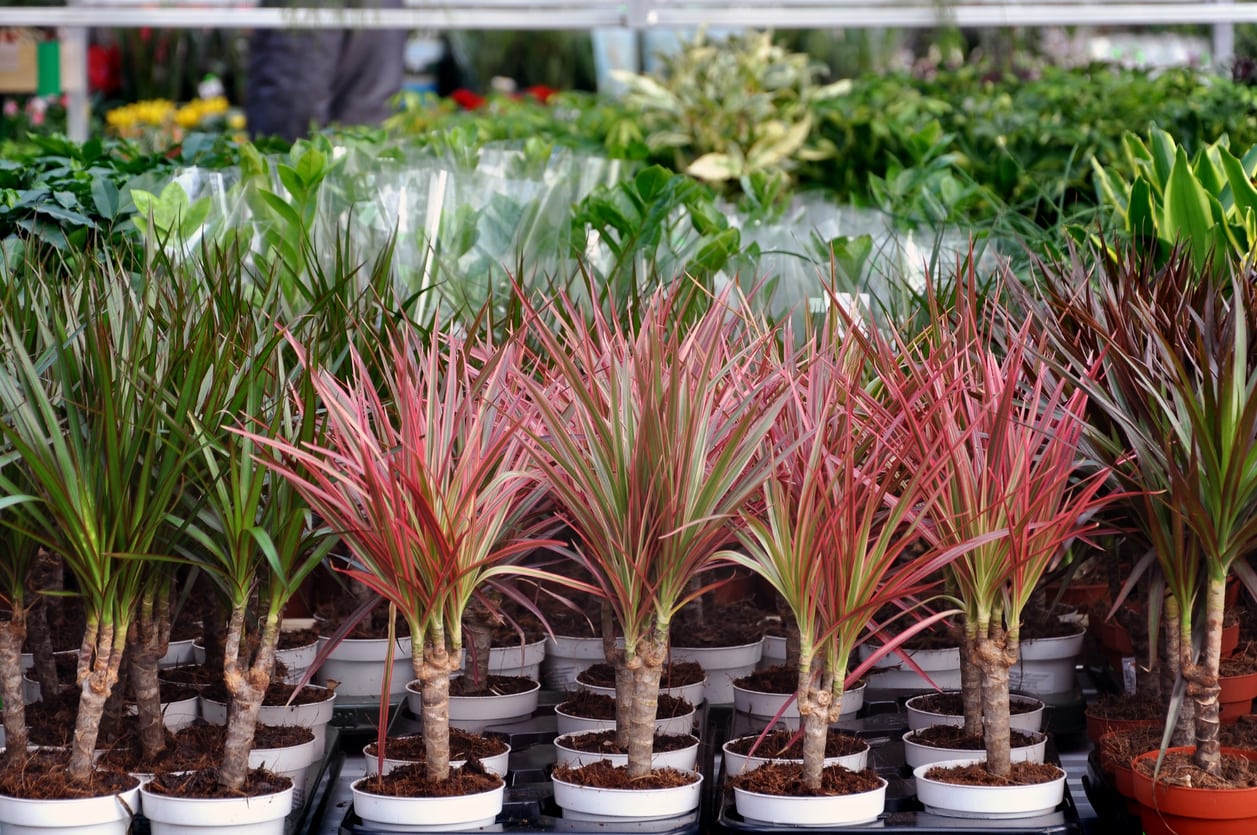Dracaena Seed Propagation Guide – How To Plant Dracaena Seeds


Dracaena is a large genus of spiky-leaved plants that range from attractive indoor plants to full-sized trees for the garden or landscape. Varieties such as Madagascar dragon tree/red-edge dracaena (Dracaena marginata), corn plant (Dracaena massangeana), or Song of India (Dracaena reflexa) are most popular for growing indoors. Dracaena plants are easy to grow and tolerate a fair amount of neglect. Although most are purchased when they’re small, adventurous gardeners may like to try their hand at dracaena seed planting. Growing dracaena from seed is easy, but the slow-growing plants require a little patience. Let’s learn how to plant dracaena seeds.
When to Sow Dracaena Seeds
Early spring is prime time for dracaena seed propagation.
How to Plant Dracaena Seeds
There are a few things to consider when growing dracaena seeds. First, purchase dracaena seeds at a seed supplier that specializes in indoor plants. Soak dracaena seeds in room-temperature water for three to five days to enhance germination. Fill a small pot or container with seed starting mix. Be sure the container has a drainage hole in the bottom. Moisten the seed starting mix so it’s lightly moist but not saturated. Then, sprinkle the dracaena seeds over the surface of the seed starting mix, covering them lightly. Place the pots on a heat germination mat. Dracaena from seed germinates in temperatures between 68 and 80 F. (20-27 C.). Cover the plants with clear plastic to create a greenhouse-like atmosphere. Place the container in bright, indirect light. Avoid sunny windowsills, as direct light is too intense. Water as needed to keep the seed starting mix lightly moist. Loosen the plastic or poke several holes if you notice water dripping down the inside of the bag. The seeds may rot if conditions are too damp. Remove the plastic covering when the seeds germinate. Watch for the dracaena seeds to germinate in four to six weeks. Transplant the seedlings into individual, 3-inch (7.5 cm.) pots filled with standard potting soil when the seedlings have two true leaves. Fertilize the seedlings occasionally using a weak solution of water-soluble fertilizer.
Sign up for the Gardening Know How newsletter today and receive a free copy of our e-book "How to Grow Delicious Tomatoes".

A Credentialed Garden Writer, Mary H. Dyer was with Gardening Know How in the very beginning, publishing articles as early as 2007.